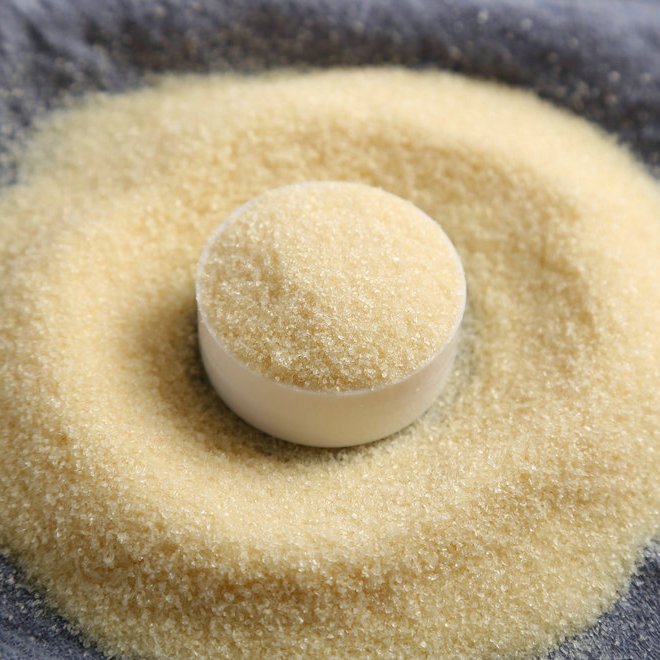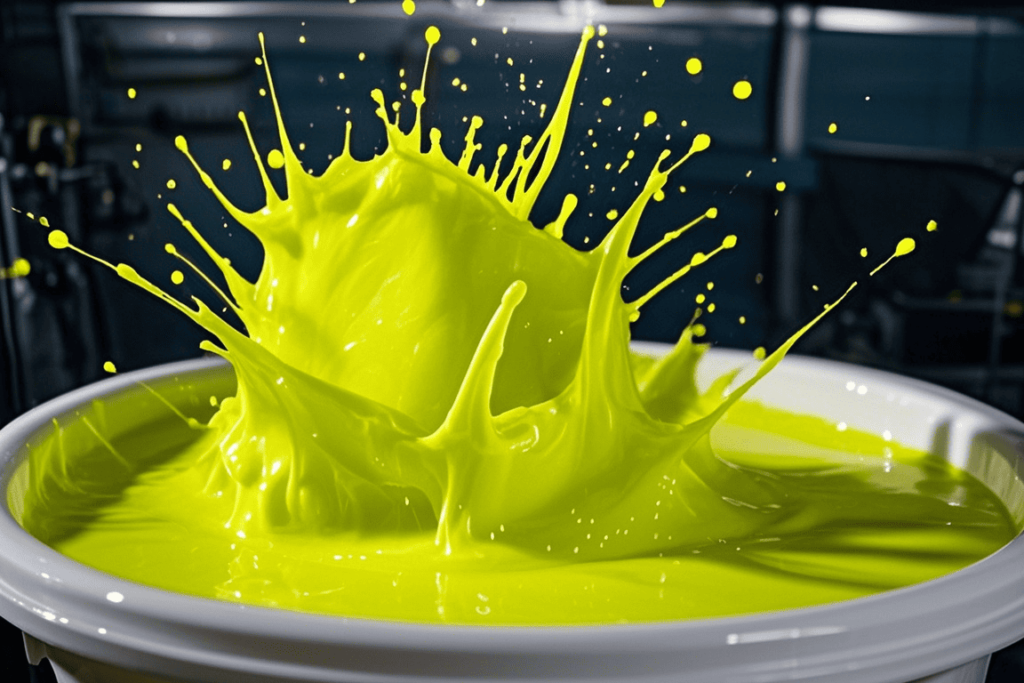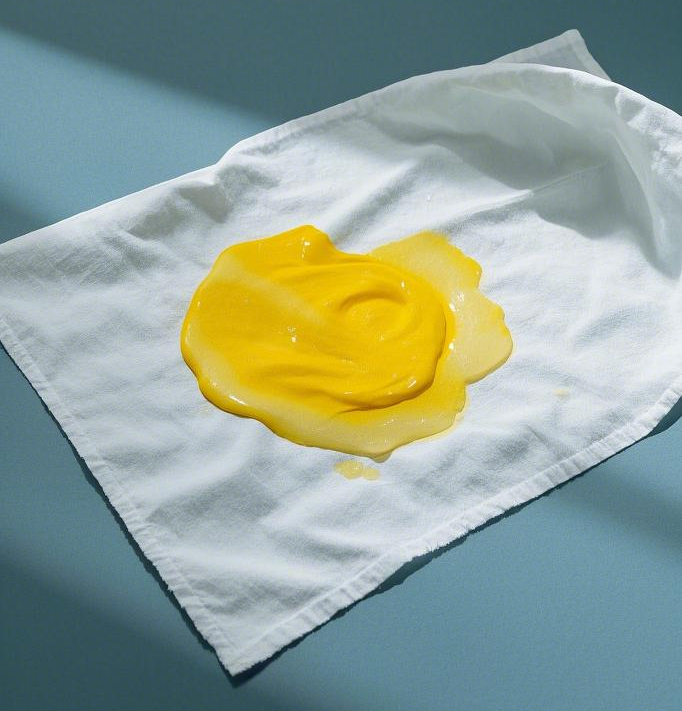Paintballs are a core element of the sport, and knowing what they’re made of can help you enjoy paintball more fully and help your paintball business. Whether you’re new to the sport or have a paintball business, it makes sense to understand the material composition to ensure safety, fun, and environmental impact. So what exactly are marbles made of?
Table of Contents
What Are Paintballs Made Of?
Paintballs are spherical gelatin capsules primarily composed of polyethylene glycol (PEG), a non-toxic, water-soluble substance, along with other ingredients like dye, sorbitol, glycerol, and sometimes vegetable oil. These materials, which are biodegradable and considered safe for both the environment and players, ensure the paintball breaks upon impact to release its contents. The gelatin shell is typically made from food-grade ingredients, making it safe to handle, while the paint inside is usually a water-based mixture, harmless if it comes in contact with skin. The addition of PEG gives the paintballs a smooth texture and low freezing point, making them suitable for play in colder weather. However, the type of fill material can affect performance, safety, and environmental impact, meaning not all paintballs are created equal (Thomson, 2016).
Paintball Shell
The shell of a paintball is primarily made from gelatin, similar to the gelatin used in gummy candies. This gelatin capsule encapsulates the paint, protecting it until the paintball is shot and impacts a target. The gelatin is designed to break apart upon impact, releasing the paint inside. The shell can harden if exposed to air or sunlight for too long, which is why proper storage is crucial for maintaining the quality of paintballs.

Inner Fill
The interior of a paintball contains:
- Polyethylene Glycol (PEG): A water-soluble, non-toxic compound used for its viscosity and eco-friendliness.
- Dyes: Bright, water-soluble pigments create the “paint” effect, ensuring visibility during games.
- Sorbitol or Glycerol: These compounds enhance the consistency and stability of the fill.
- Water-Soluble Additives: These improve the overall performance and safety of the paintball.
The result? A product that’s safe for players, easy to clean, and gentle on the environment.

Characteristics of Paintballs
Non-Toxic and Safe
Paintballs are designed to be non-toxic for both humans and animals. While they may look like candy, they are not edible. The materials used in paintballs are food-grade, ensuring they don’t pose a risk if accidentally ingested.
Biodegradable and Eco-Friendly
Paintballs are not toxic to the environment. The materials used, including the gelatin and water-soluble dyes, are biodegradable. Gelatin is a protein, and other ingredients such as vegetable starches and colors used can be broken down over time.This means that they break down over time without causing long-term harm to nature. However, players and field owners should ensure that they clean up after games to prevent littering and maintain a clean environment. It’s also recommended to avoid using paintballs with non-biodegradable materials, which can increase their environmental impact.
Washable and Non-Staining
The dyes used in paintballs are formulated to be water-soluble, making them easy to wash out of clothes and off surfaces. This ensures minimal hassle for players and field owners alike.

Why Paintball Composition Matters
The composition of paintballs affects not only their safety but also the quality of the gaming experience. For instance:
- Breakability: Paintballs must break on impact to avoid painful hits and ensure a fair game.
- Consistency: A uniform fill ensures the paintball’s trajectory remains predictable.
- Storage Stability: Proper materials prevent paintballs from drying out or becoming too brittle over time.
These factors directly impact the satisfaction of players and the reputation of suppliers and field owners.
How Paintballs Are Made
The manufacturing process of paintballs is a marvel of modern production techniques:
- Mixing the Fill: Ingredients like PEG, dyes, and sorbitol are blended to create the liquid fill.
- Creating the Shell: Gelatin is molded into thin capsules.
- Filling and Sealing: The liquid fill is injected into the shells, which are then sealed.
- Polishing and Quality Control: Finished paintballs are polished for smoothness and tested for durability and breakability.
This process ensures consistent quality and performance.
Paintball manufacturers around the world
Asia
1. C-Star Technology Co., Ltd.
Email: info@cspaintballs.com
Website: www.cspaintballs.com
2. Guangdong Megio Bio-Tech Co., Ltd.
Website: https://www.megiopaintball.com/
Email: info@megiopaintball.com
3. PNJPAINTBALL CO.
Phone: +82-2-571-9129
Email: info@pnjpaintball.com
Website: www.pnjpaintball.com
4. ThinkBig Paintball Co., Ltd.
Website: http://www.thinkbigpaintball.com/
Phone: +82 (2) 577-9772/3
Fax: +82 (2) 577-9774
Email: info@thinkbigpaintball.com
5. Jining Geoward Sports Co., Ltd
*(No contact information provided)*
North America
1. G.I. Sportz Paintball
Website: https://gisportz.com/
2. Recoil Paintballs
Website: https://www.recoilpaintball.com/
3. APX Paintball
Website: http://apxgear.com
4. Nelson
Website: https://nelsonpaint.com/
Europe
1. **PROSHAR**
Phone: +31 252 250 310
Email: sales@pro-shar.com
Website: https://pro-shar.com/
2. Eesticaps
Website: http://eesticaps.ee/
3. Anturion s.r.o.
Email: info@paintball-shop.eu
E-shop: www.paintball-shop.eu
Phone: +420 777 730 580
Conclusion
Paintballs are non-toxic, biodegradable gelatin capsules made primarily of polyethylene glycol (PEG) and water-soluble additives, ensuring safety for players and the environment. Their food-grade materials and smooth, low-freezing design allow safe use in diverse climates. While visually similar to candy, they are not edible, and their composition balances performance, safety, and eco-friendliness—though quality may vary by manufacturer. Global producers across Asia, North America, and Europe.

